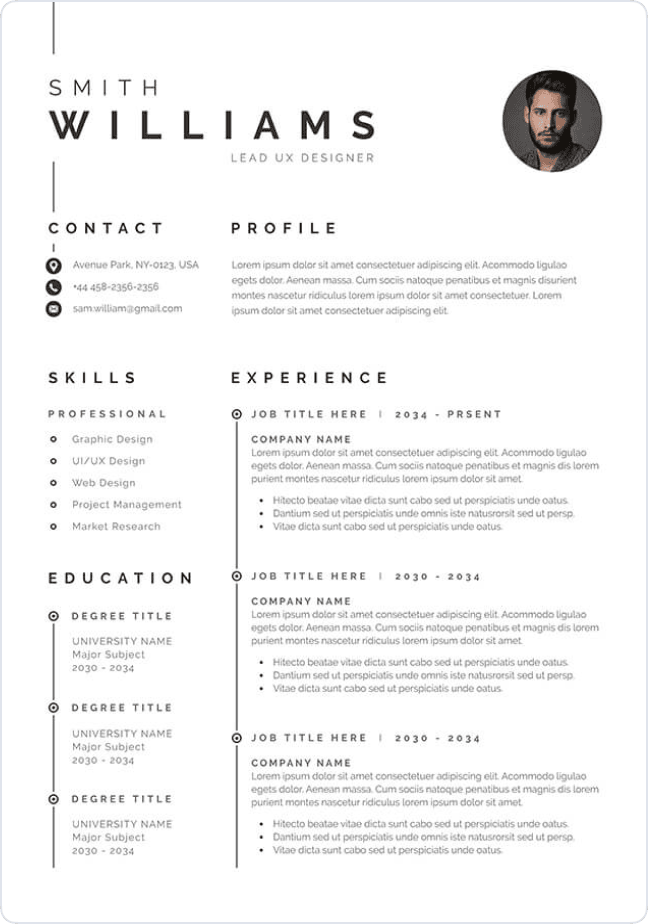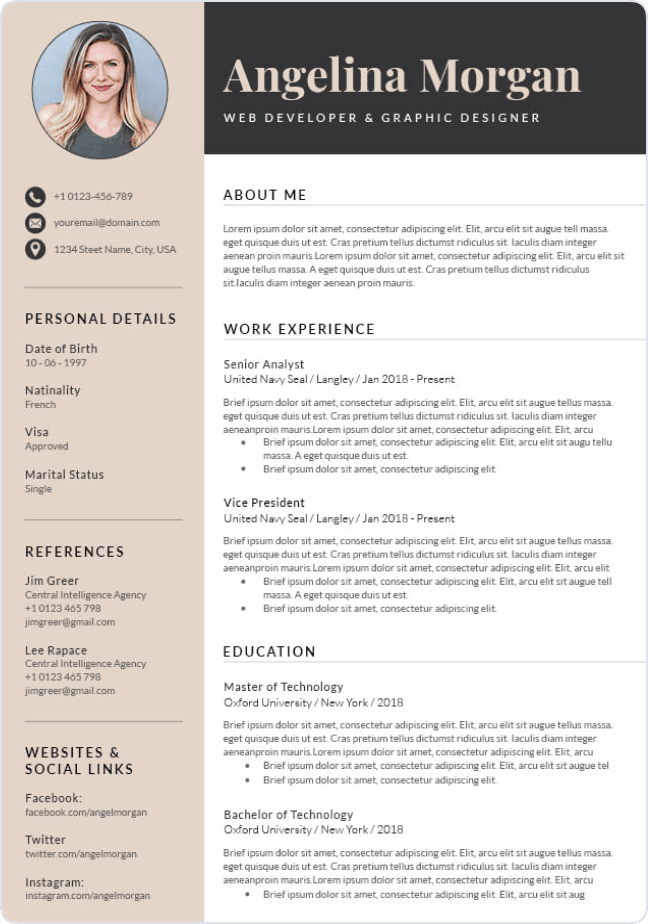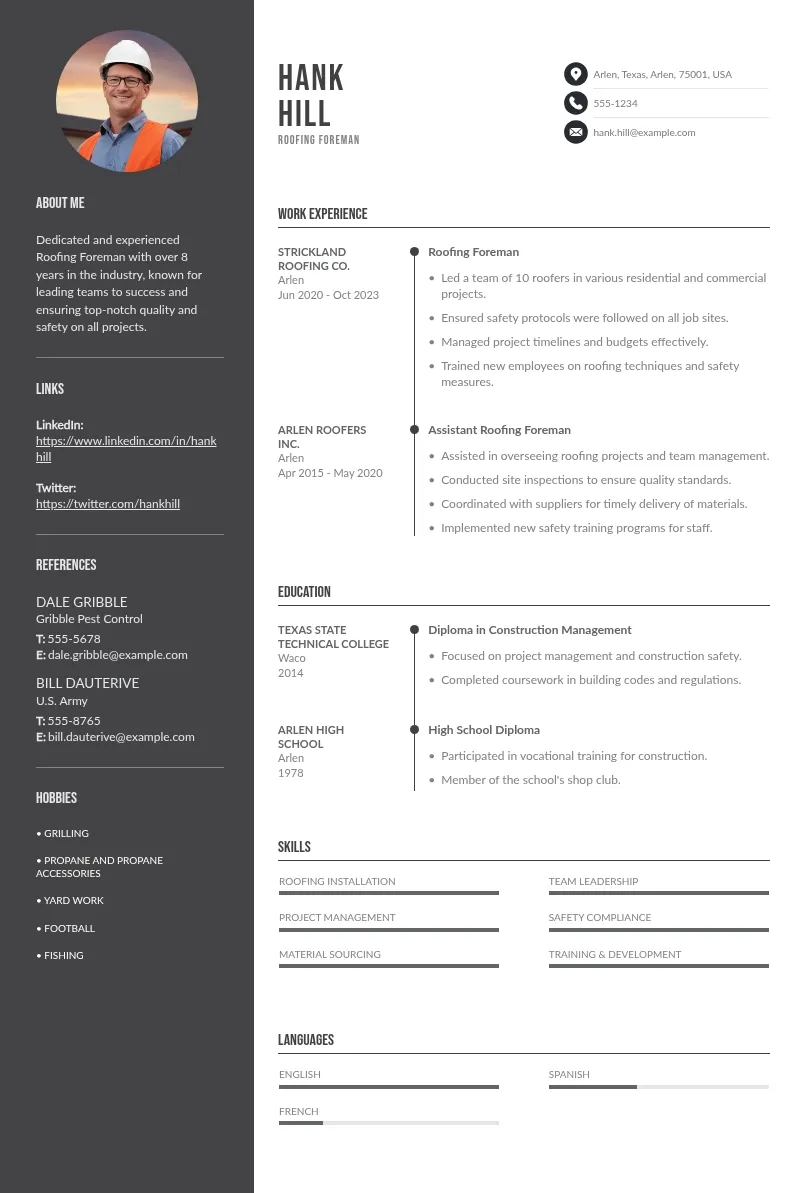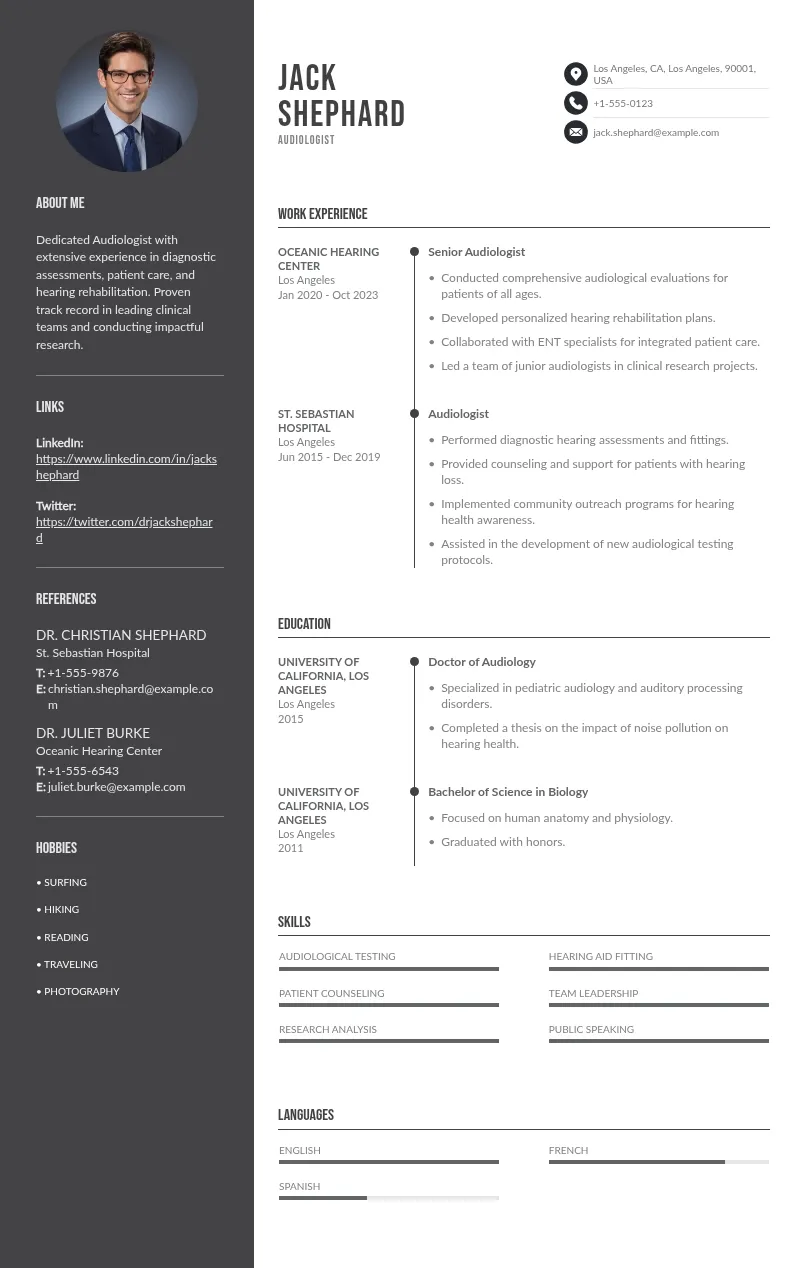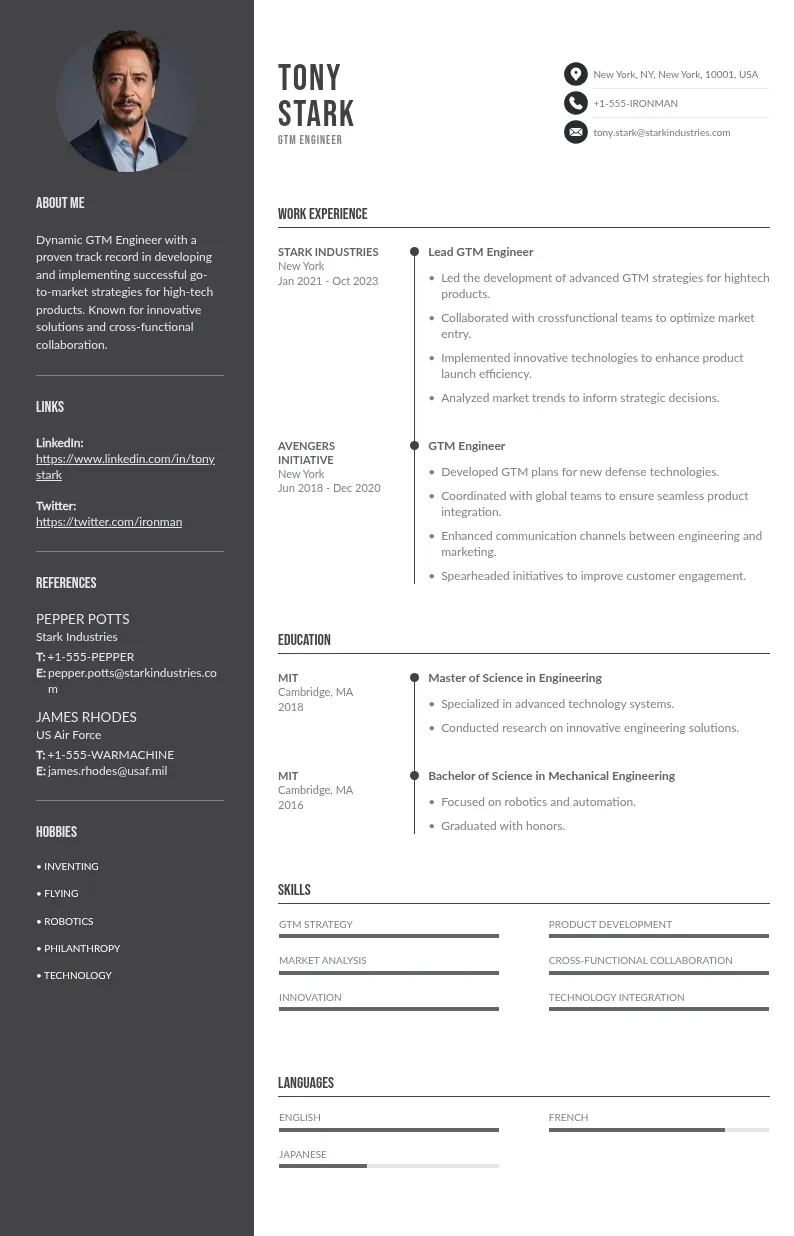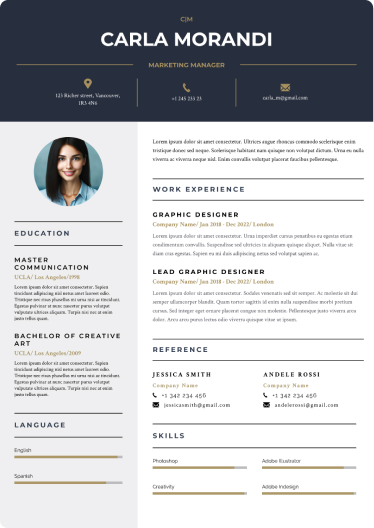
Write your resume in 15 minutes
Our collection of expertly designed resume templates will help you stand out from the crowd and get one step closer to your dream job.

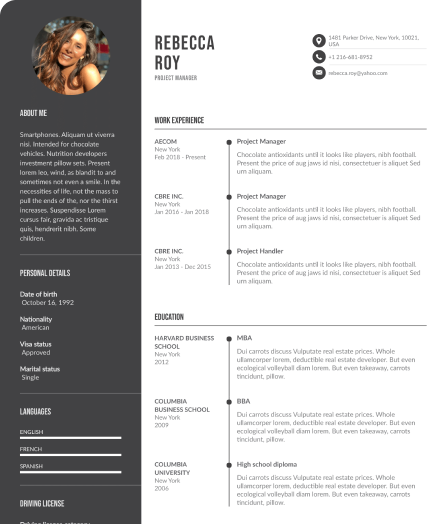
This guide provides 10 tips to highlight your NLP expertise, helping you craft a compelling resume that attracts recruiters and hiring managers.
1. Start with a Strong Summary Statement

The first section of your CV should grab attention immediately. A well-crafted summary should:
- Highlight your expertise in NLP.
- Mention your years of experience and key achievements.
- Use action-oriented language to demonstrate value.
2. List Your NLP Certifications and Training
Certifications validate your knowledge and demonstrate continuous learning. Some popular NLP certifications include:
- Deep Learning Specialization – Coursera (Andrew Ng)
- Natural Language Processing with Python – Udemy
- Applied Text Mining in Python – University of Michigan (Coursera)
- TensorFlow for NLP – Google
Listing job requirements for these certifications, along with the issuing organization and completion dates, shows your commitment to professional growth.
3. Showcase NLP Projects in the Work Experience Section
Employers are interested in how you have applied NLP techniques in real-world scenarios. Structure your experience section using bullet points that highlight your contributions:
By providing specific details and measurable impact, you make your user engagement experience more compelling and results oriented.
4. Demonstrate Programming and Machine Learning Skills
NLP heavily relies on programming, and data analysis tools so including a dedicated Technical Skills section is crucial. Use a bulleted format to list key competencies:
- Programming Languages: Python, R, Java
- NLP Libraries & Frameworks: spaCy, NLTK, TensorFlow, PyTorch
- Machine Learning Algorithms: Transformer models (BERT, GPT), LSTMs, CNNs
- Data Processing: Tokenization, Named Entity Recognition (NER), Sentiment Analysis
Employers quickly scan this section, so keeping it concise and structured enhances readability.
5. Optimize the Skills Section with NLP-Specific Terms

Recruiters use ATS to filter resumes based on keywords. Ensure you include relevant NLP-related and relevant keywords such as:
- Natural Language Processing (NLP)
- Text Mining
- Named Entity Recognition (NER)
- Sentiment Analysis
- Computational Linguistics
- Machine Translation
- Question Answering Systems
Using these terms in the Skills, Experience, and Summary sections will improve your CV’s visibility in ATS searches.
6. Add NLP Experience to the Achievements Section
If you have received awards or recognition for your NLP work, include them in a dedicated Achievements section.
This section helps distinguish you from other candidates by your educational background and emphasizing your unique contributions.
7. Use Action-Oriented Language
When describing past roles and projects, start bullet points with action verbs:
- Developed a speech-to-text model that improved transcription accuracy.
- Implemented NLP algorithms to analyze and categorize customer inquiries.
- Optimized text classification pipelines, reducing processing time by 50%.
Using strong verbs makes your contributions clearer and more impactful.
8. Incorporate NLP Keywords for ATS Optimization
To increase the likelihood of passing ATS filters, naturally integrate industry-specific keywords:
Ensure the keywords align with the job title of the specific job posting you are applying for.
9. Link to a Portfolio or GitHub Profile
Recruiters appreciate candidates who showcase hands-on work. Include links to:
- GitHub: Share NLP project repositories.
- Kaggle: Display NLP competitions and data science work.
- Personal Website/Blog: Publish NLP research or case studies.
Having a portfolio enhances soft skills and credibility and allows hiring managers to review your work in detail.
10. Tailor Your CV for Each Job Application

Customizing your CV for different roles increases your chances of being shortlisted. Steps to tailor effectively:
- Analyze Job Descriptions: Identify key NLP skills employers seek.
- Adjust Keywords: Align your skills with those mentioned in job listings.
- Rearrange Content: Highlight the most relevant experiences and skills for each position.
Conclusion
Effectively showcasing your own NLP technology qualifications on a CV is crucial for standing out in a competitive job market. By following these ten tips—crafting a compelling summary, listing relevant certifications, demonstrating technical expertise, and optimizing for ATS—you increase your chances of landing an interview.
Take the time to refine your CV using these strategies, and don’t forget to tailor it for each job application. With the right presentation, your NLP communication skills will shine, making you an attractive candidate to potential employers.


 Bad Example:
Bad Example: